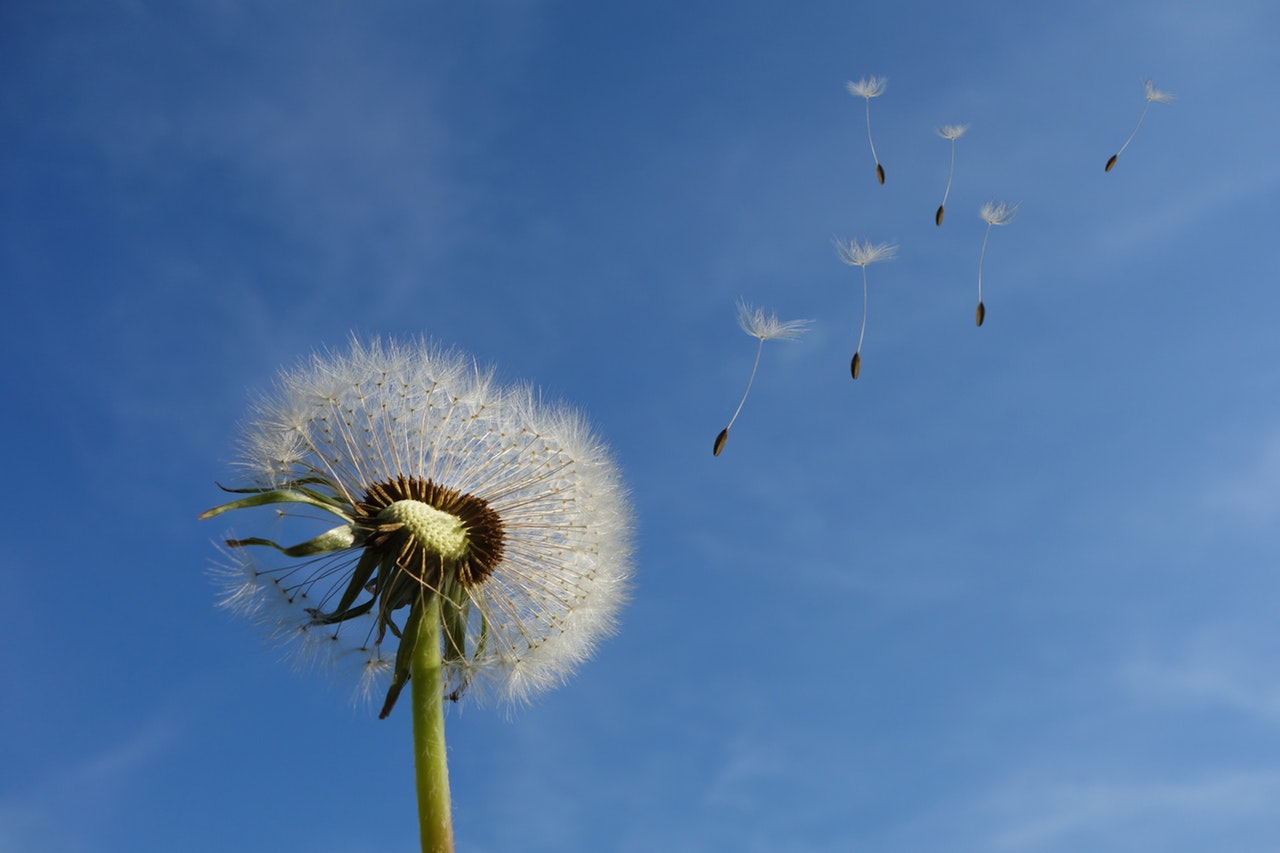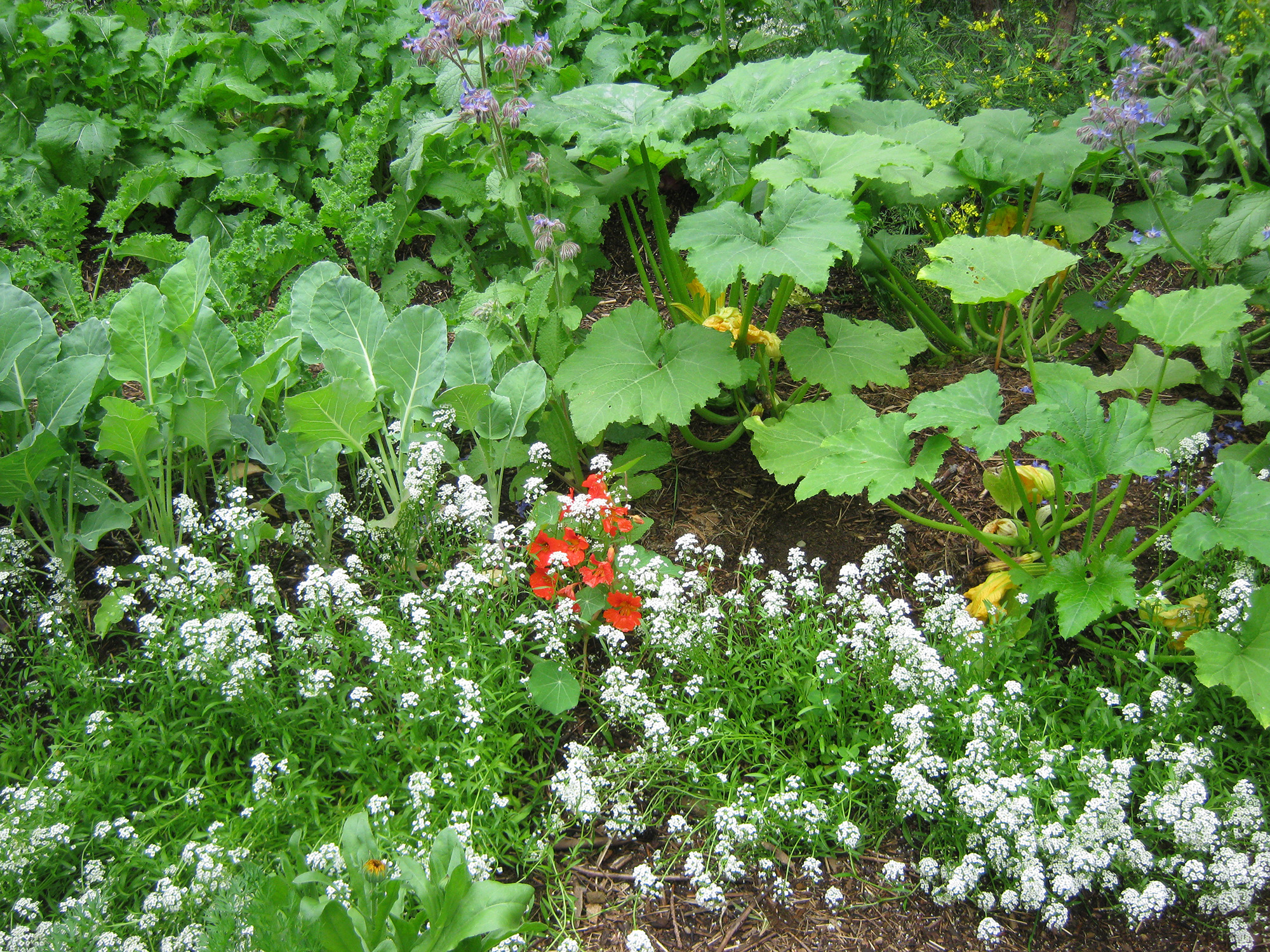Most people consider energy to be only something that you buy, to turn on your lights or heat your house. But electricity is not the only renewable energy floating around in the world. The natural energies are everywhere, and with ingenuity and knowledge, we can learn to harness these energies in a sustainable and low-impact way, to provide for our needs without damaging our earth.
Wind is energy. Sometimes it is energy we want – as when used to spin a wind turbine – and sometimes it is energy we don’t want. Wind can be hard on plants and trees, so knowing where the wind enters your property is important for knowing where to set up wind blocks, or ways to funnel the wind through or around your property.
Sun is an energy, and you will need to be able to capture it for the garden, for solar power and hot water heating, and for the green house; or block it, to keep from over heating your house, or burning sensitive plants.

Water is energy. I’ll write more about water in the permaculture system in the future, but basically there are two types of water in your system: water that is productive, and water that is destructive. You need to keep water on your property, but only in the places you need it.
Water is a life giving force, but it can also wipe out a property if you live in a flood prone area. If you manage your water carefully, it will be an amazing energy resource on your property.
When you build compost piles, you are catching and storing energy. All of the ingredients work together, creating heat (which can be used to heat water or a greenhouse), as well as attracting the micro organisms that are needed to transform ordinary soil into amazing soil.
Your own work is energy. The saying, “Work smarter, not harder” applies here. Expending needless energy is a way to tire yourself out, and lose your enthusiasm for your projects. Your own energy is just as important as any other energy you’ll need to deal with, and it is in your best interest to manage it well.
Trees and plants carry their own kind of energy. They feed you, they feed your animals, they feed each other, and they assist in capturing other natural energies.
They can block wind to let other plants grow. They capture sunshine, and water. And they can concentrate nutrients in the soil, hold them, and release them back into the soil or compost to feed the next generation of plants.
The whole world is energy, and it is our job as permaculture practitioners to learn about it, and learn to catch it and store it for immediate and future use.
Let’s take a look at one specific energy, and see how we can catch it and store it.

The Energy of Wind
The most obvious use for wind in creating energy is with a windmill or wind turbine. And much as we all dream of producing energy like this, we don’t all live in areas that have consistent enough wind to make that happen. But we all have to deal with wind at some time or another, so it’s best to know what to do beforehand.
After using Permaculture Principle #1, Observe and Interact, you should now know where and when wind generally enters your property. What kind of wind is it: warm and light; cold and harsh; 50mph, or a nice cool summer breeze? So many winds, so little time. And they change with every season.

The idea with wind is to capture it where you want it, and block or reroute it where you don’t. A cool breeze on hot summer day is heavenly, so setting up a shady seating area in a place that captures that cool breeze is a great idea. You also might want to funnel that breeze into your home to keep it cool. Placing windows in the right place could be essential in a hot climate.
But what about the garden, and all those sensitive plants? They don’t want to interact with the wind, no matter how good it feels to you. Wind blocks such as a row of trees or shrubs can make a big difference in the happiness of your plants and size of your harvest. Even growing a vining crop such as sweet peas, or tall things such as sunflowers, on the windy side of the garden can make a big difference.
And your wind block doesn’t have to be organic. A fence, building, or even just a strategically placed tarp can help block or reroute destructive windy forces.
You Have the Power
Catching and storing energy is a very important part of setting up permaculture systems. Renewable energy is the way of the future – and the only way forward that makes any sense.
Learning to capture the energies that enter your property, store them for the future, and reroute the ones you don’t want, will help ensure that your systems can not only maintain themselves, but will help create a safer and cleaner earth moving forward.
Health, Hope & Happiness
Tracy
